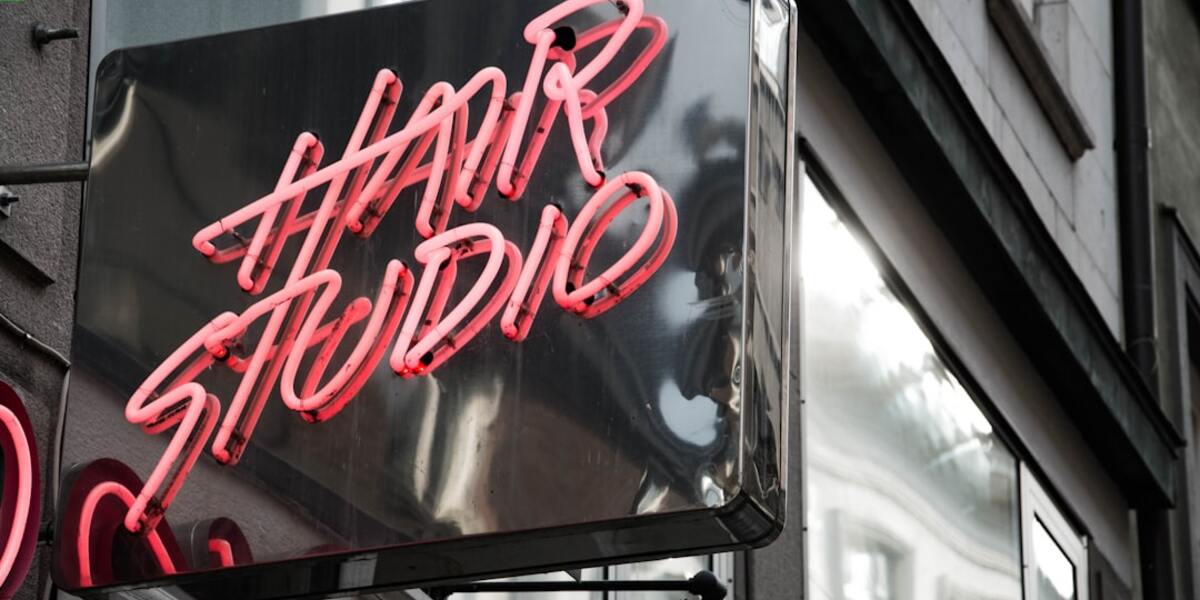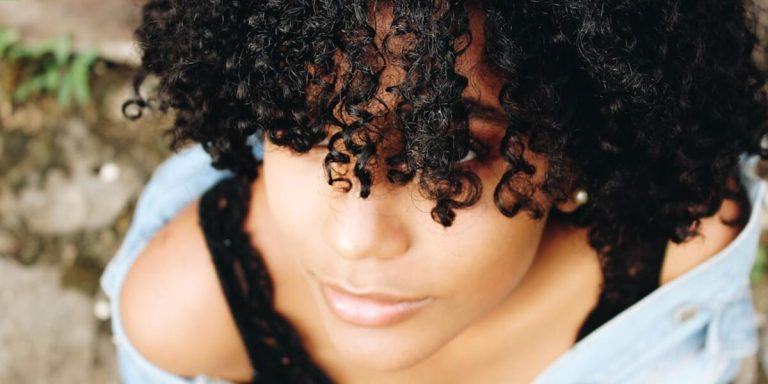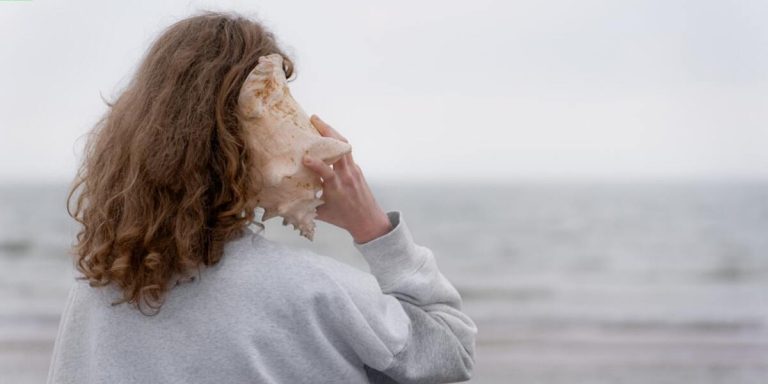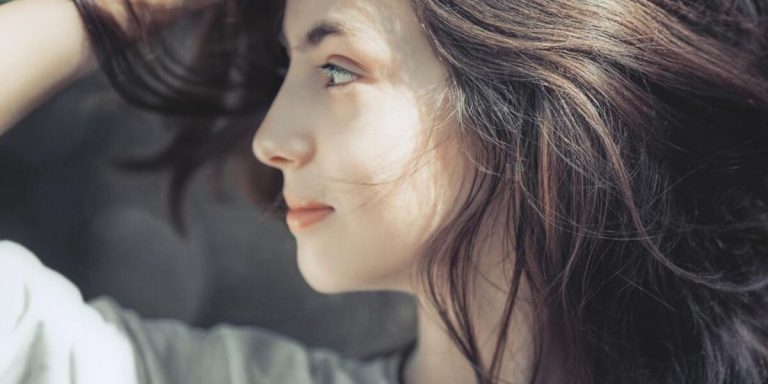Does Styling Gel Cause Hair Loss: Unveiling the Truth
Hair loss is a widespread concern that can stem from various factors. Among the many points of discussion, one question often lingers on everyone’s mind – “Does styling gel cause hair loss?” This query arises primarily because most individuals use these styling products daily and are concerned about their potential adverse effects.
In an era where smart grooming has become synonymous with professional success, understanding if your favourite hairstyling product is causing you harm becomes crucial. In this blog post, we shall uncover whether there’s any truth behind the rumour linking styling gels to hair fall or it’s merely a myth waiting to be debunked.
Did you know?
Overuse of styling gels can clog your hair follicles leading to scalp irritation and increased shedding. The alcohol in these products can also dry out your hair, making it more prone to breakage and fallouts.
Understanding the Link Between Styling Gel and Hair Loss
While hair gel has long been a staple in many individuals’ styling routine, current evidence suggests that it may harbor potential side effects regarding your mane’s overall health. Particularly, experts are investigating the link between consistent use of these products and an elevated risk of experiencing hair loss.
Hair gels generally work by coating each strand with chemical compounds to achieve desired style hold. These ingredients often include alcohol – known for its fast-drying properties but also notorious for stripping away natural oils essential for maintaining healthy scalp and strands condition. This could induce dryness resulting in brittle strands more prone to breakage or shedding than well-hydrated locks.
Investigating the Chemical Composition of Styling Gels
Primarily, they consist of water and polymers known as PVP (Polyvinylpyrrolidone) or VP/VA copolymer which help achieve the desired hold on your hairstyle. These are not usually harmful; however, depending upon the product you use other ingredients may come into play.
One such component often found in cheaper products is alcohol. Ironically used for its quick-drying effect but when applied regularly can strip off natural oils from your scalp leading to dryness and ultimately hair damage.
Another toxic culprit could be synthetic fragrances which make these gels smell good but are made out of chemicals themselves! They have been linked with allergies or skin irritation which indirectly might affect overall hair health.
Some brands also mix in preservatives like Parabens to increase shelf life. Studies have indicated how paraben exposure disrupts hormonal balance potentially aiding unwanted shedding of locks.
Lastly would be colors – vibrant hues attracting consumers eyes yet hiding hazardous coal tar dyes within cause severe allergic reactions hence affecting quality/shine/strength of tresses.
Analyzing Frequency and Methods of Styling Gel Application
The question, “does styling gel cause hair loss?” is often asked by many who notice changes in their hair health. As we delve deeper into understanding the link between styling gels and hair loss, it becomes crucial to analyze how frequently and under what methods these products are applied.
Frequent use of any grooming product can lead toan escalation in potential side effects- including possible hair damage or even fall out. Styling gels aren’t exempted from this rule either. By using them on a daily basis without giving your scalp and roots an opportunity for restorative care might be doing more harm than good.
A common method involves applying the gel directly onto wet tresses, then blow-drying it afterwards. This seemingly innocuous routine could wear down the strength of individual strands over time leading to breakage -especially with continuous exposure to heat along with abrasive chemical compounds present within most commercial brands.
In contrast, other people opt for hands-on application where they massage generous amounts into dry locks just before going about their day—or night—without additional tools like brushes or combs which create traction that’s unwelcome especially when aiming at reducing instances of thinning manes.
Alternative Factors Contributing to Hair Loss
Many have the misconception that styling gel directly leads to hair loss. While excessive use of such products can potentially damage your hair and scalp, causing breakage and weakening follicles over time, it’s important to understand that there are numerous other crucial elements at play in terms of overall hair health.
In 2023, statics show a significant rise in stress-induced hair loss cases globally. One must consider various alternative factors contributing to this issue beyond the impact of cosmetic products like styling gels. From dietary imbalances to genetic predisposition or underlying medical conditions – each could be independently responsible for triggering varying degrees of baldness or thinning among individuals.
Environmental pollutants also pose a growing concern today as these unseen hazards often silently contribute towards deteriorating scalp health thereby catalyzing premature greying or progression towards alopecia (baldness). Rest assured though; while you may need caution with how much product is ‘too much’ for your precious locks, occasional usage should not land you facing an empty mirror overnight!
The Role of Genetics in Hair Thinning and Baldness
The relationship between genetics and hair loss is quite intricate. Many people believe that they inherit this trait from only one side of their family, but the reality might surprise you.
Genetics can indeed play a role in both hair thinning and baldness. It’s essential to understand that not just one gene causes these conditions, but rather a combination of genes inherited from both your mother and father. This means if there are individuals on either side of your family who have experienced hair thinning or baldness issues, you could be at an increased risk too.
What many don’t realize is how additional factors like age also play into this equation alongside genetics. As we grow older, hormonal changes may trigger gradual follicle shrinkage causing thinner strands – contributing significantly to perceived overall volume reduction leading towards eventual apparent balding patterns.
Nutritional Deficiencies That Can Lead to Weakened Hair Strands
Nutritional deficiencies can considerably impact your hair health, often leading to weakened strands and subsequent hair loss. While it’s not as widely discussed as genetics or aging, proper nutrition plays a pivotal role in maintaining strong hair.
Adequate protein intake is crucial when considering hair health benefits. Hair follicles are primarily made of protein; thus, low levels might lead to weaker strands prone to breakage. Include more lean meats like chicken breast or plant-based sources such as lentils for bolstering the strength of your locks.
Iron deficiency is another common culprit behind weakened strands that may eventually result in significant thinning. A diet rich in spinach, red meat, oysters among other iron-rich foods should be enough countermeasures against this issue.
Protective Measures Against Hair Loss While Using Styling Products
A common misconception is that the use of styling gels and similar products directly cause hair loss. However, it’s crucial to understand these products do not affect your hair growth or health when used appropriately. Overuse of such items can indeed lead to certain types of damage, but this should not be mistaken for baldness induced by genetic factors or disease conditions.
The primary adversary here isn’t the gel itself; rather, it’s poor hair care practices in conjunction with excessive application which could potentially result in weakened follicles and subsequent thinning over time. It becomes imperative then to practice hygiene-driven habits along side their use. For instance, never sleep without washing off product build-up from your scalp as neglecting this simple step might clog pores leading to an unhealthy environment unsuitable for normal growth cycle.
In 2023 we’ve seen advancements in formulation technologies allowing a wide selection range of healthier alternatives specifically designed keeping user safety at fore front – remarkable improvements driven by our deeper understanding into potential harm some chemicals may pose on long term exposure basis.
Embark upon a protective approach by selecting styling aids with caution. Make informed decisions that consider more than just molding prowess. Pay attention to the ingredients list, ensuring it contains beneficial nutrients. Avoid styling products with harsh compounds like alcohol, which are notorious for drying out hair and weakening strands over time. This could lead to increased damage if you don’t address it promptly.
Choosing Appropriate Hairstyling Products for Scalp Health
In the quest for well-styled hair, many often overlook one critical aspect – scalp health. It’s a common query in 2023 whether does styling gel cause hair loss? The straight answer is ‘Yes’, styling products can contribute to hair loss if used without caution.
But fear not! There are protective measures that you can adopt while using these hairstyling aids.
Prioritizing Scalp Health and Hair Loss Prevention begins with choosing your product wisely. High-quality hairstyling aids, devoid of harsh chemicals like sulfates or parabens, should be top on your list when considering scalp-friendly options.
Scan through the ingredients’ list before buying any product. Look out for harmful elements like alcohol—which excessively dries out your scalp—leading to itchiness and potential hair fall issues. Instead, choose those enriched with vitamins and natural oils such as coconut oil or argan oil which nourish both your strands and roots.
Learn about the different types of products available—a plethora: gels, pomades, waxes—that all function differently depending upon their formulations; each having distinct impacts on men’s hairstyles & overall wellbeing.
Gel- Typically provides high hold yet tends to dry quickly leading retention probems—but remember it will only trigger problems if consistently applied over an extended period directly onto the scalp instead of solely focusing it towards style enhancement across actual hairs themselves!
Essential Tips for Safe Application of Hair Gels
Conclusively answering whether or not using such products can aid excessive shedding isn’t quite straightforward. But it’s vital for everyone who uses these items regularly to be aware of steps they can incorporate into their routines to prevent potential harm.
Firstly, always ensure you apply your preferred product on dry scalp rather than wet as it lessens direct contact with your skin which could help reduce stimulation of follicles leading to unwanted fallout.
Secondly, avoid applying too much gel at once as overuse may lead up coagulation resulting in tough removal processes causing unnecessary strain on roots possibly triggering breakage or even premature baldness. It’s best advised sticking with pea-sized amounts unless you have particularly thick locks warranting more generous use.
Conclusion
In sum, the assertion ‘does styling gel cause hair loss’ is neither a myth nor an irrefutable truth. It heavily depends on factors like usage frequency and types of products used. While overuse or using poor quality gels potentially harm your scalp and follicles leading to temporary hair loss, occasional use isn’t likely to result in any drastic fallout.
We encourage you to dish out that jar of extra-strong-hold pomade without fear as long as it forms part of a balanced beauty routine! For more insights into what may be causing your locks distress or exploring further about “Hair Loss Causes”, feel free to delve deeper into our website’s rich repository. Every head deserves its crown; let’s keep yours full and fabulous!







